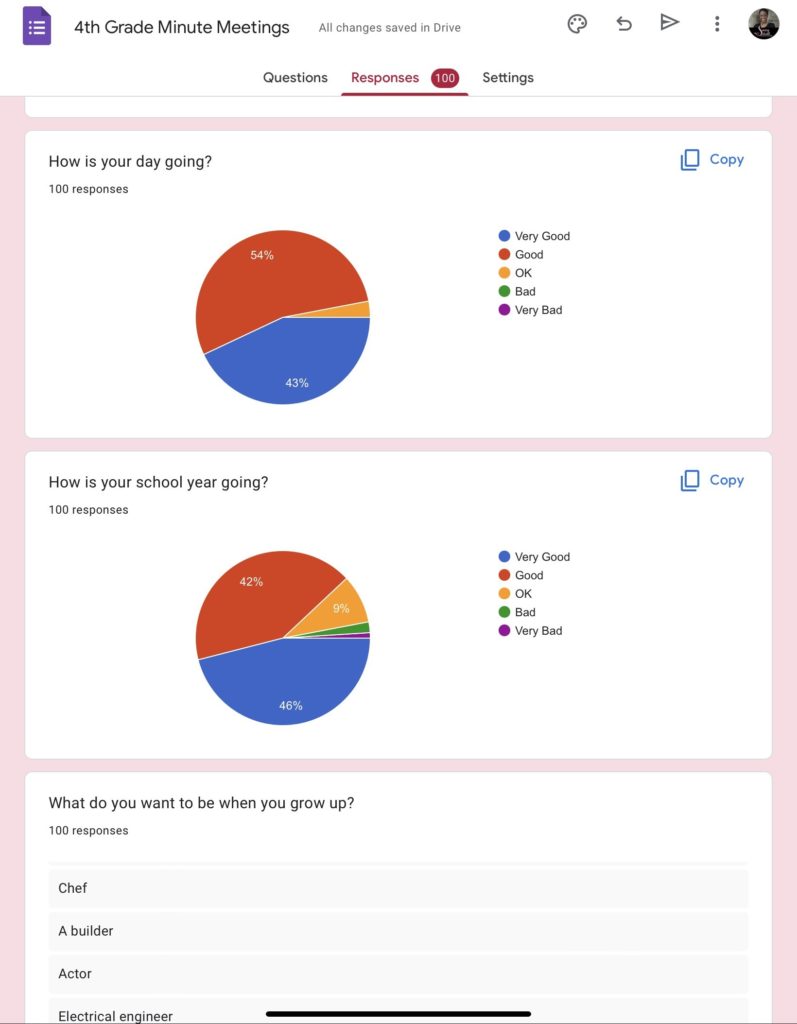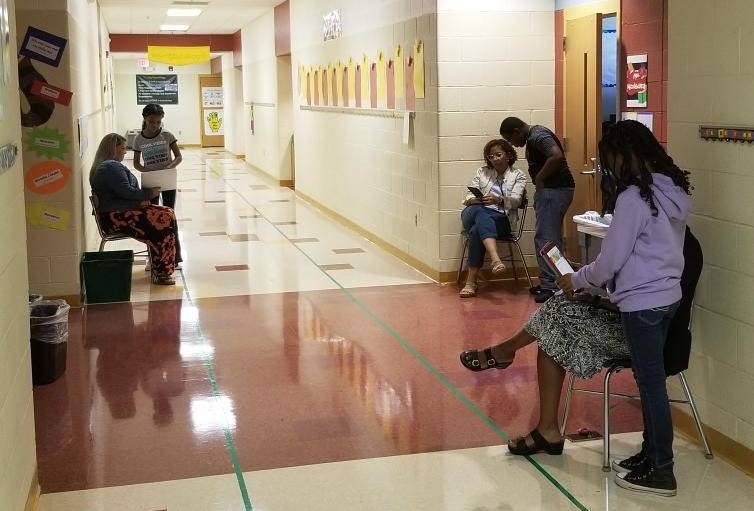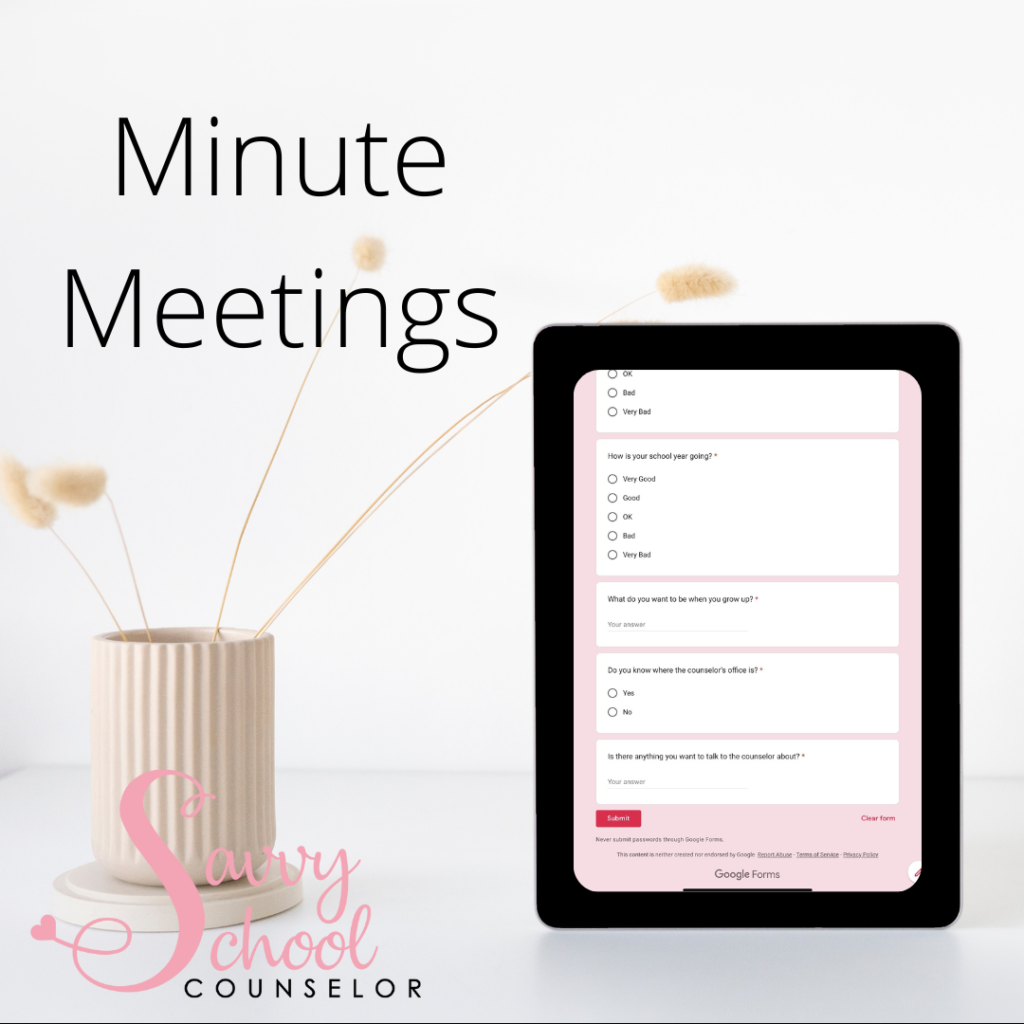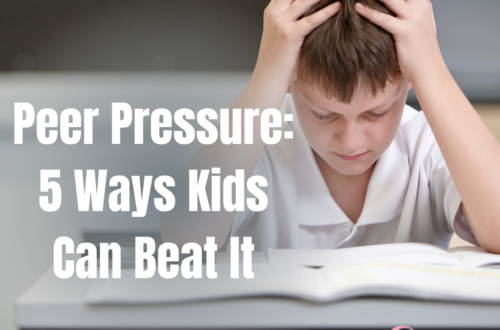3 Reasons Why You Should Conduct Minute Meetings
I’ve loved the concept of minute meetings since I first heard about them years ago from Andrea Burston on the JYJoyner Counselor Blog. She had been inspired by Danielle Shultz of School Counselor Blog. Once Andrea shared how she conducted the minute meetings using a Google form on her iPad, I was ready to implement them into my school counseling program. Today, I want to share 3 reasons why you should consider conducting Minute Meetings.
1 – Connect With All Students
Minute Meetings are brief meetings conducted by the school counselor(s) to basically get the pulse of their student caseload. One of the first reasons you should consider them is because they give you the opportunity to make an immediate connection with every student. As an elementary school counselor, it could be all of the students in the school. As a middle or high school counselor, it could be just the students assigned to your caseload.
This is really great for meeting students who are new to your school. You may include a question about whether they know how to find the school counselor’s office or you can ask if they are making new friends at your school.
It’s a good idea to conduct the first minute meetings sometime at the beginning of the school year. I would suggest by the end of the first full month of school. A second set of minute meetings can be conducted mid-year near or at the beginning of the 2nd semester.
2 – Assess Immediate Student Needs
As you think about questions to include during your minute meetings, it’s good to ask students if there is anything they need to talk with the counselor about. You will find that many of the students will answer no, but there are some who will reveal some information that will need some follow-up.
During minute meetings, I’ve learned that a student’s father was recently deployed and that a student was having difficulty forming friendships. I also learned about some issues another student was having on the school bus. As counselors, we know these things can sometimes interfere with a student’s success in school. If you are conducting minute meetings, you have a heads up at the beginning of the school year and can make an action plan from the start.
You can also ask how the student is doing that day and/or how their school year is going so far. Again, most will have a neutral or positive response, but there may be someone who isn’t having the best time in school. You can ask a question or two about the answer to determine how substantial the issue is and what the next steps should be for that student.
In the graph below, you can see that there were a few students who answered “bad” or “very bad” when asked how their school year was going so far. This was good information to have, and I may not have known had I not conducted minute meetings.

3 – Data Collection
Your minute meeting questions can also allow you to collect data to use for program planning. As Andrea also suggests, I would ask my students what they want to be when they grow up. This information was helpful later in the year as plans were made for Career Awareness activities. When creating a guest list of career day visitors, you can look at which careers are most popular with your students.
Another question I added for just 5th graders was: How are you feeling about going to middle school? I like to touch on middle school transition throughout the school year. It’s good to have an idea of how students are feeling about the upcoming change from elementary to middle school as you plan your lessons.
You can also ask questions that are specific to the focus of your school and that tie into your school counseling program like: Can you tell me what the Red Zone is? OR What is your coping strategy when you become upset? You may learn that your students need more emphasis on the Zones of Regulation if that is a school focus. You can also learn which coping strategies your students are most familiar with so that you can introduce new ones during the coming year.

Scheduling
When I’ve done minute meetings, I typically alert the teachers that the counselors will be coming by during the week of September 12th (or whenever) to meet with each student individually. I would explain what minute meetings are, and I would let them know that they do not have to stop their instruction during that time. I would have a class list and call the first student out in the hallway. Once I completed that student’s minute meeting, I would tell that student to tell the next student to come out. The only information I would ask teachers is when it is NOT a good time for the meetings. This allowed me to keep flexibility in my day.
If you are a school counselor who see’s students regularly on a fixed schedule, you could incorporate minute meetings into your time with each class. If you have a co-counselor, even better! One counselor can conduct the minute meetings with the students while the other counselor is teaching the class. Using your scheduled class time will take classroom teachers out of the equation all together.
At the beginning of the school year, we would typically see grades 3-5 at the very least. If our schedules allowed, we would include 2nd as well. We would plan to include the lower grades in the 2nd semester. Of course, there is no right or wrong. You can decide to conduct minute meetings in whatever way meets the needs of your school population. And, if it seems overwhelming but you want to give it a try, start out with just one grade level and build from there.
Have you conducted minute meetings at your school? What have you learned from implementing them into your school counseling program?
Stick around! You can follow Savvy School Counselor with free email updates. You can also follow my TpT Store to keep up with my latest products and freebies. Additionally, I do giveaways through My Facebook Page with my new products. Be sure to like Savvy School Counselor on Facebook and click to receive notifications so you don’t miss them!






One Comment
Pingback: